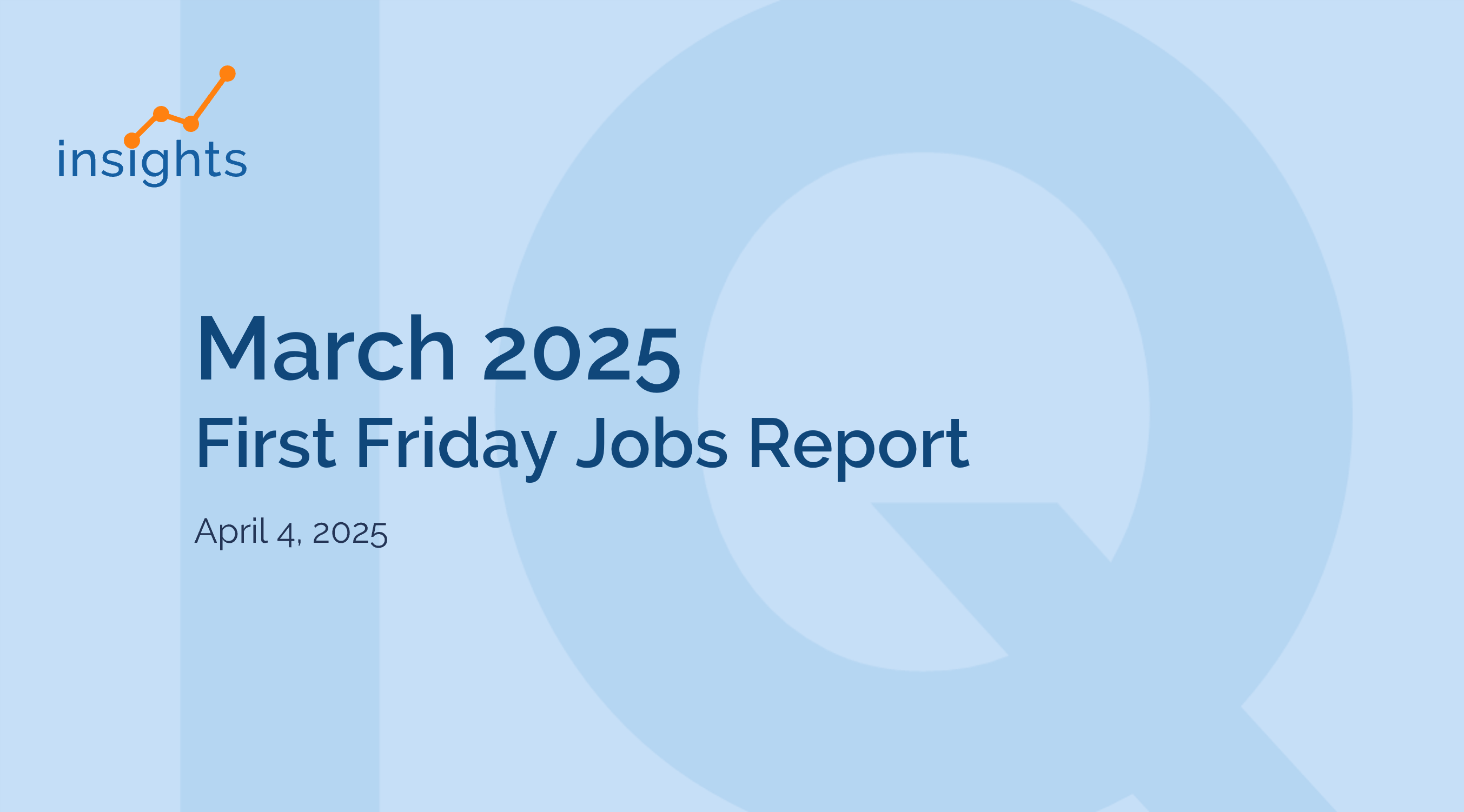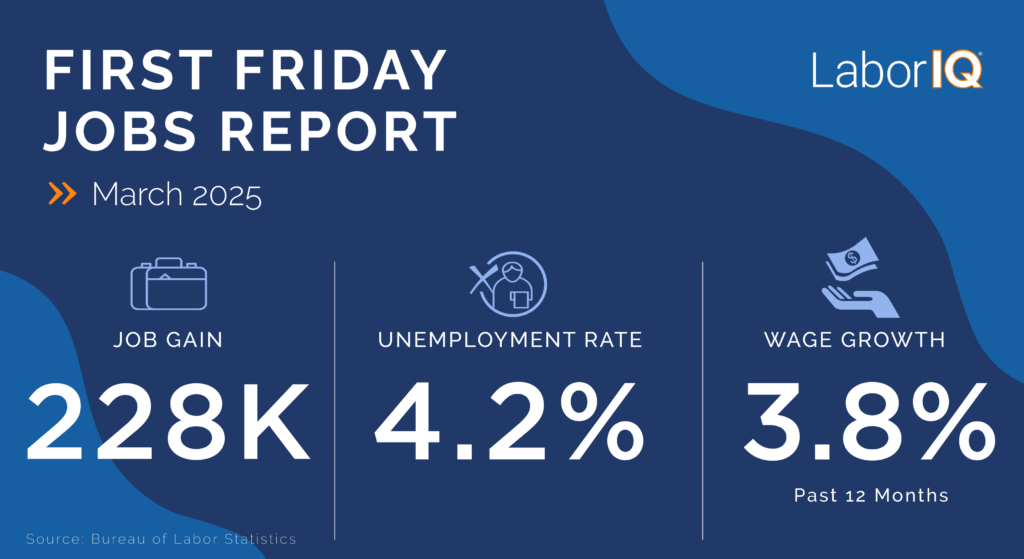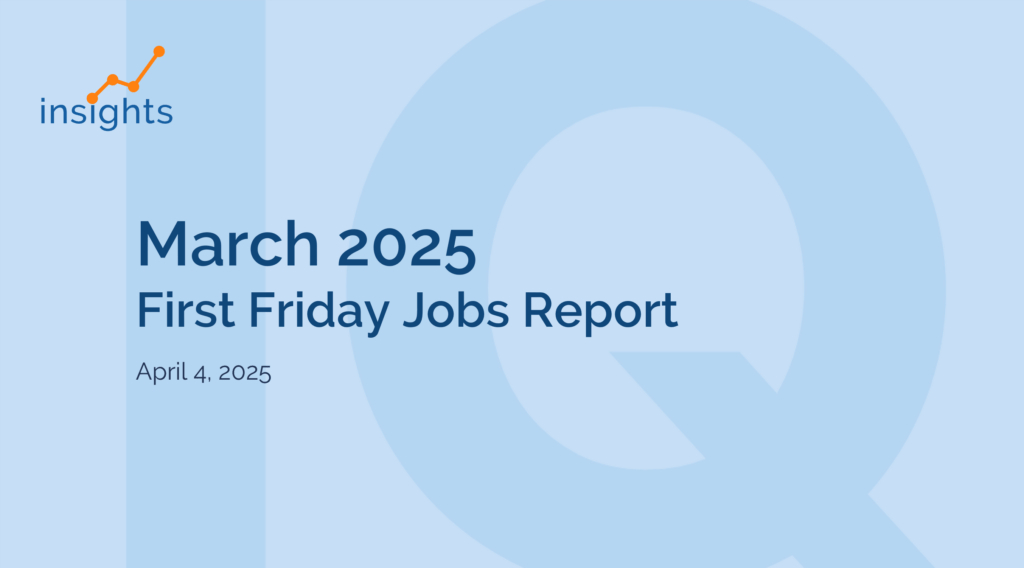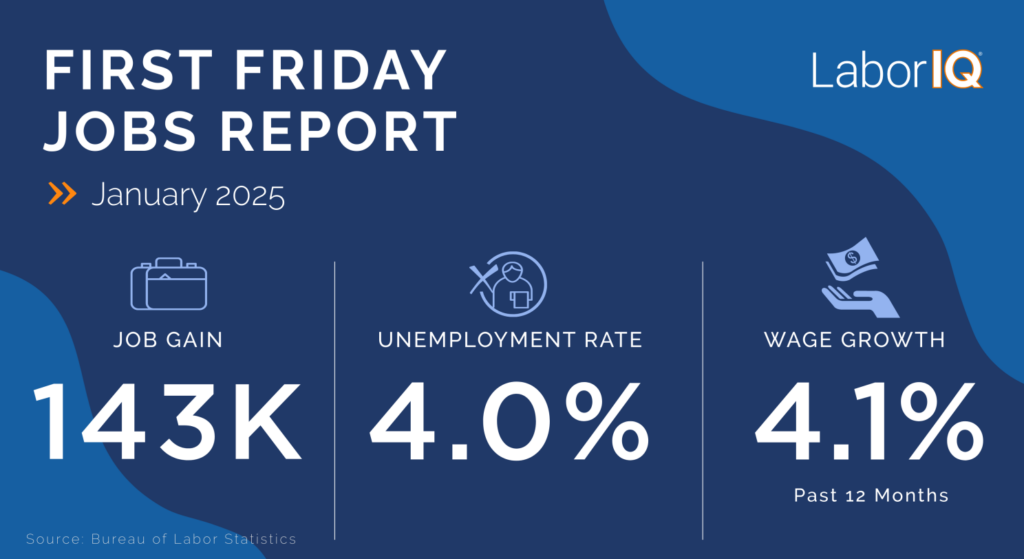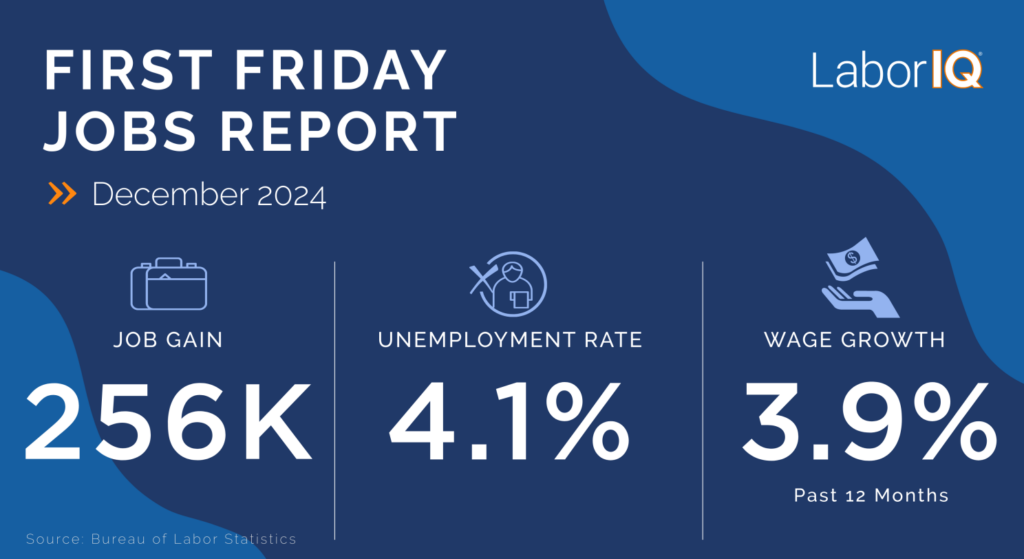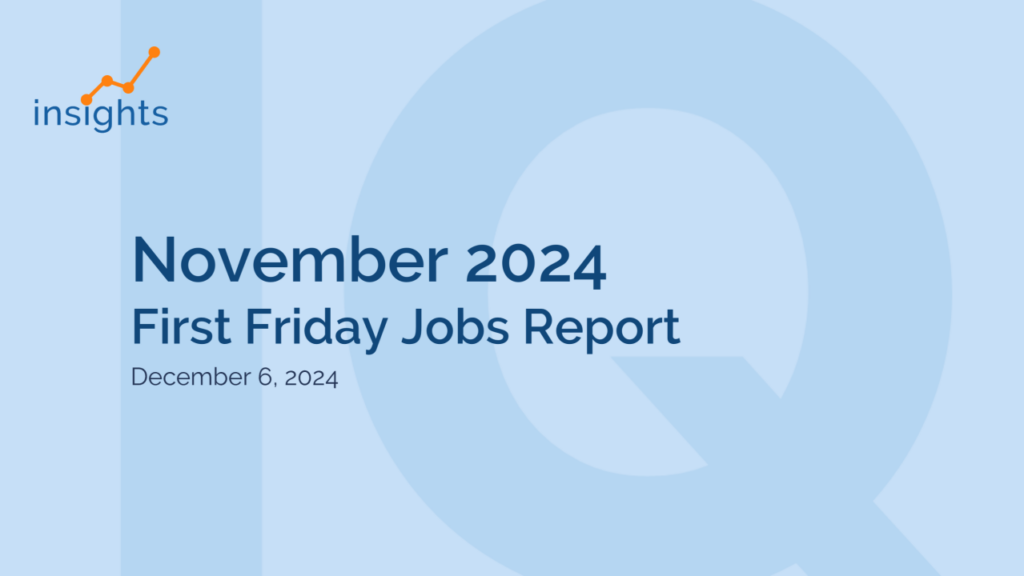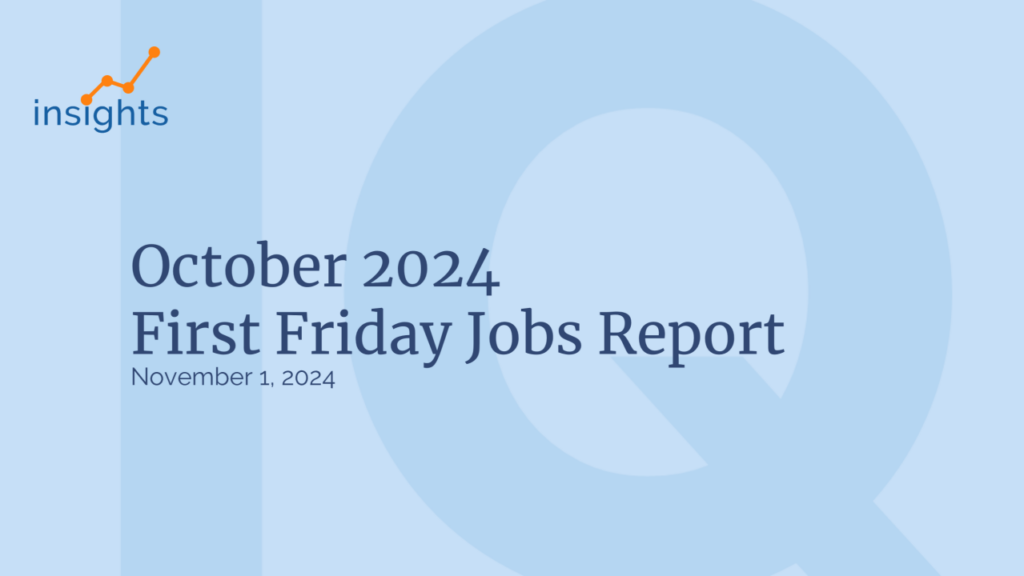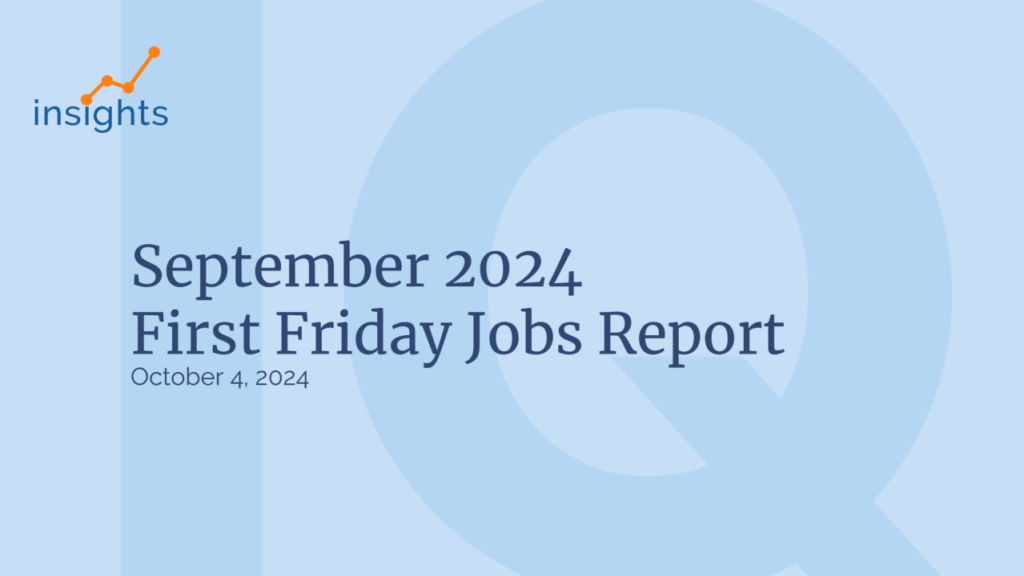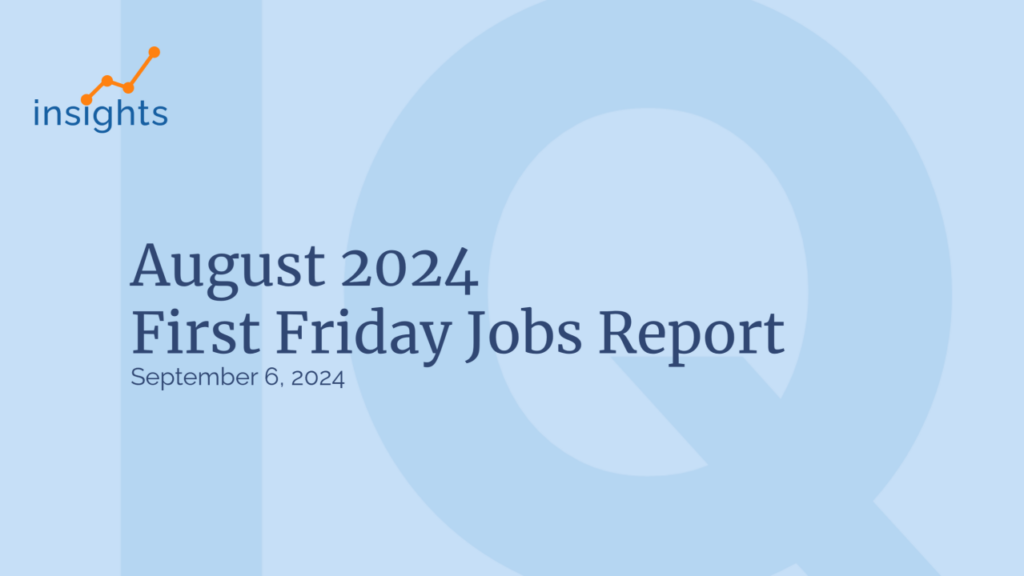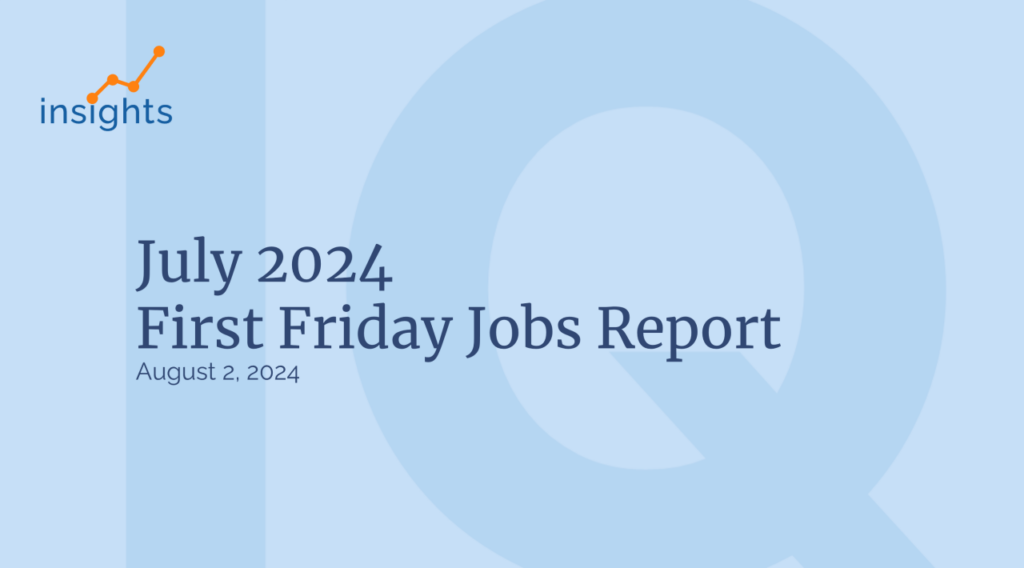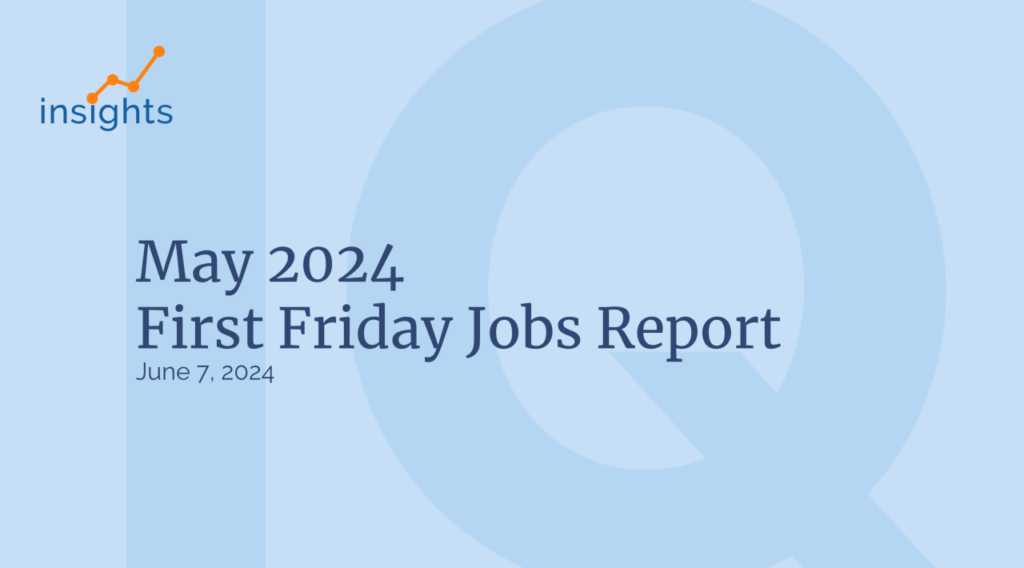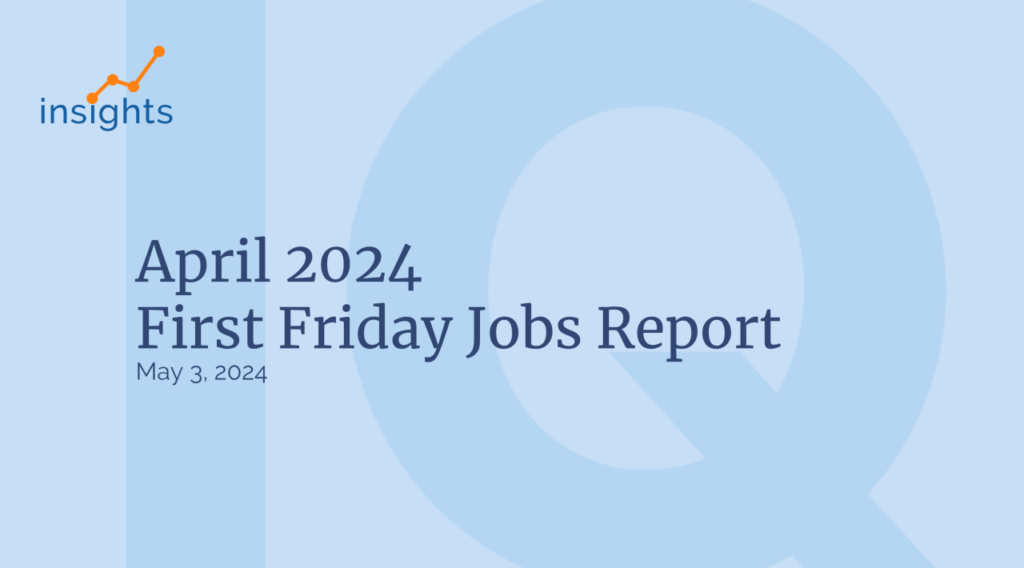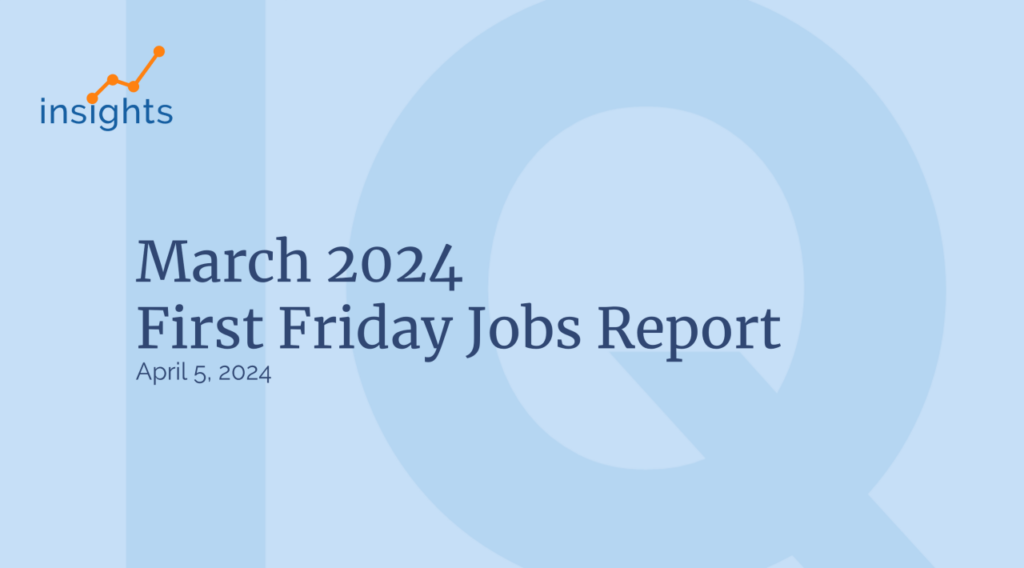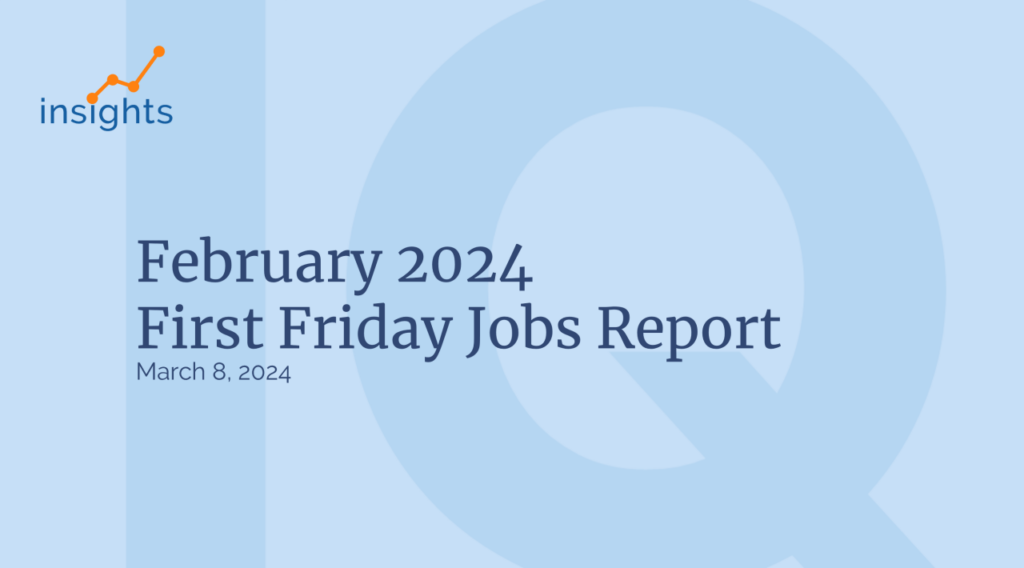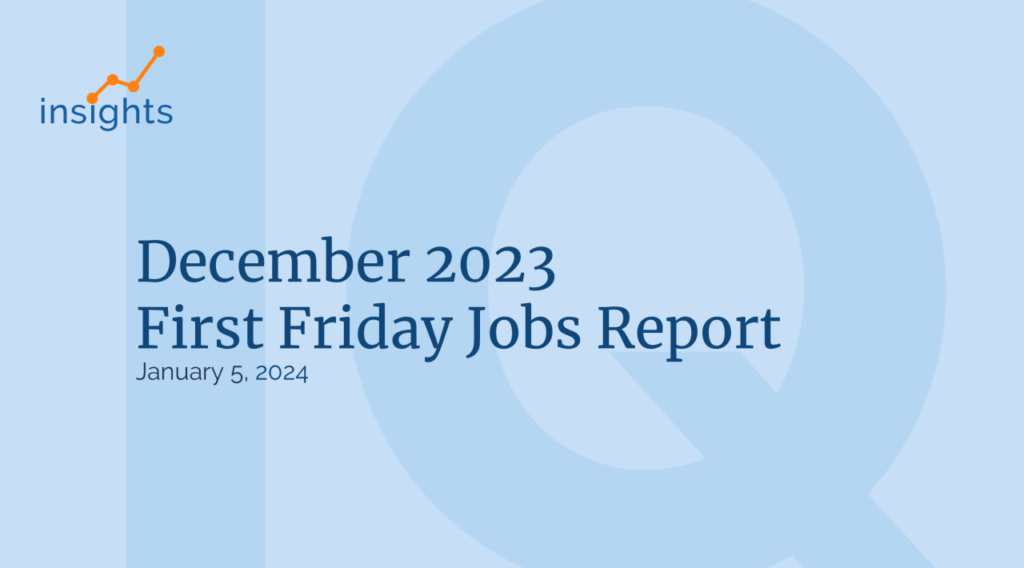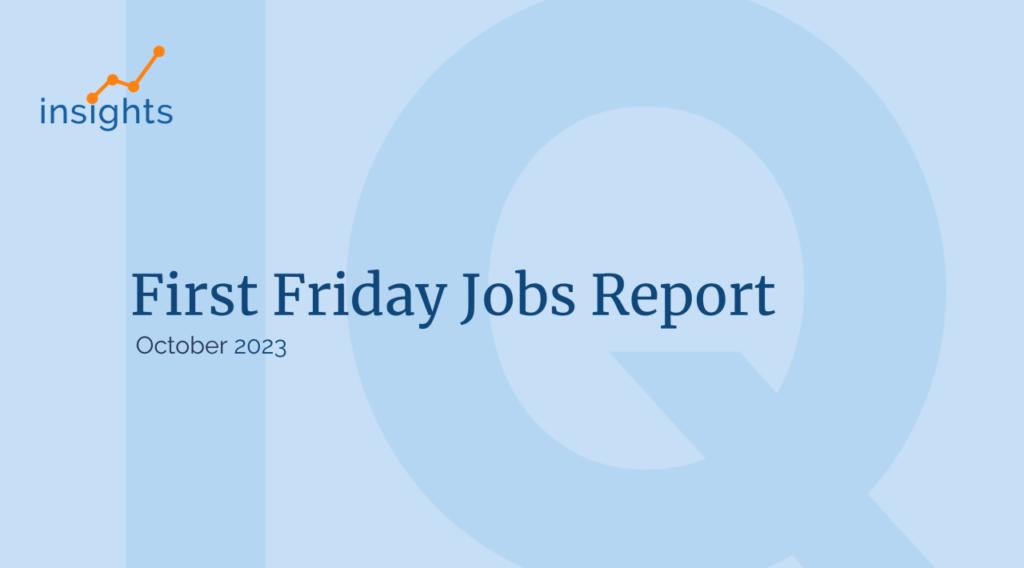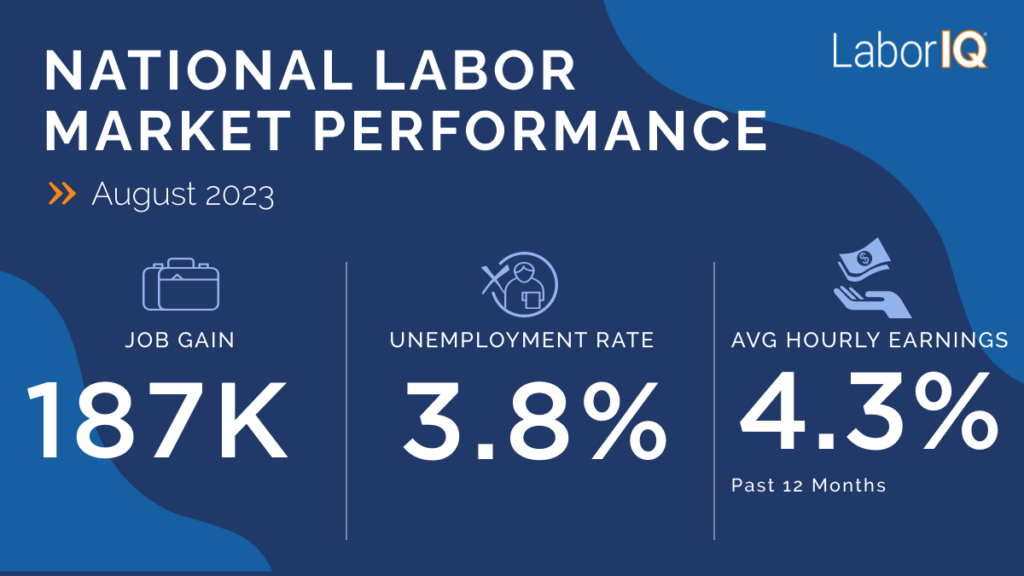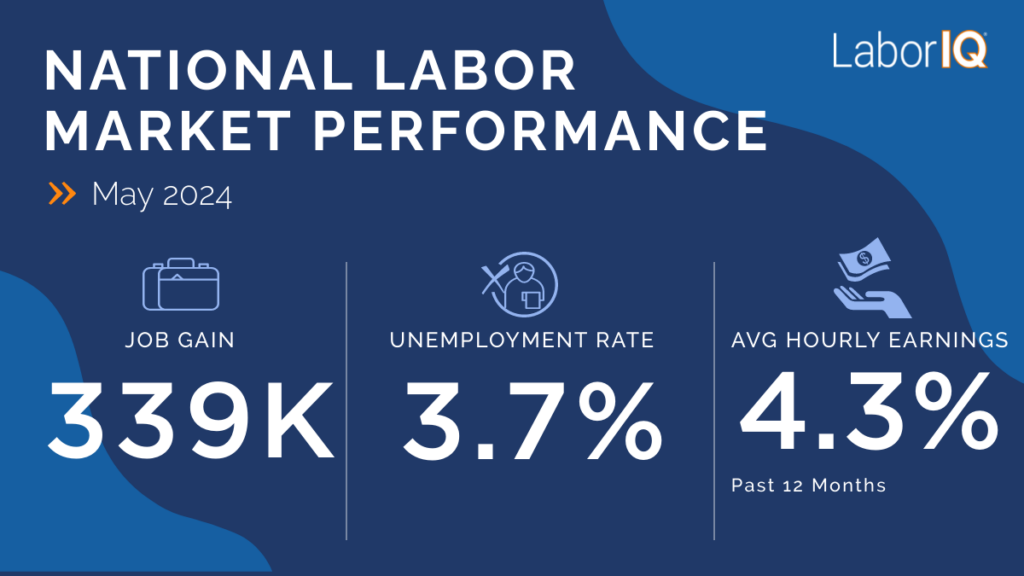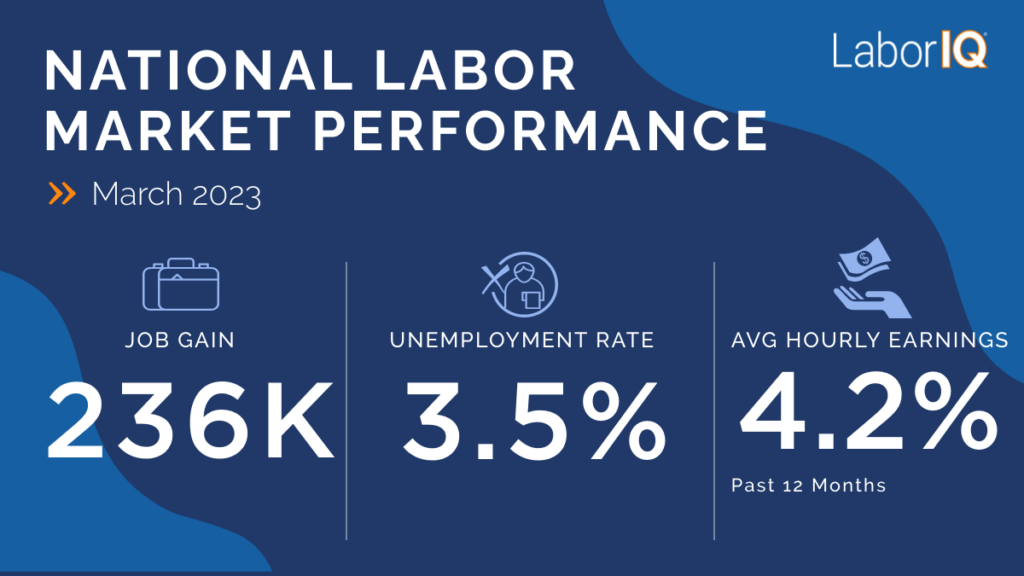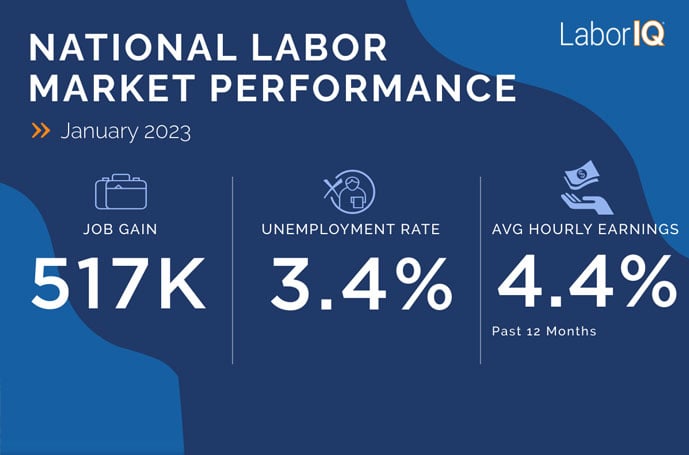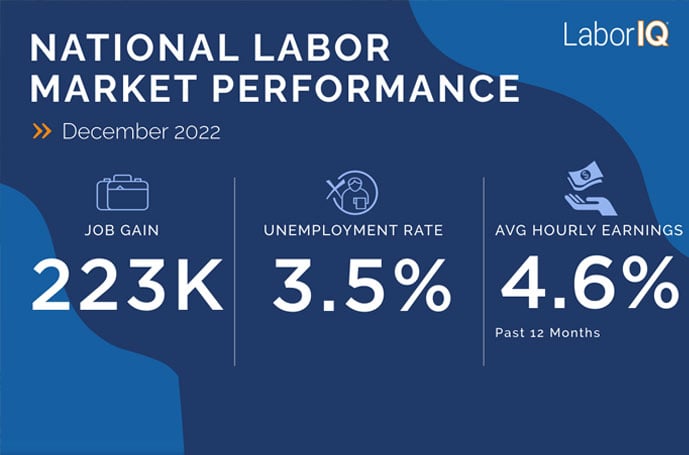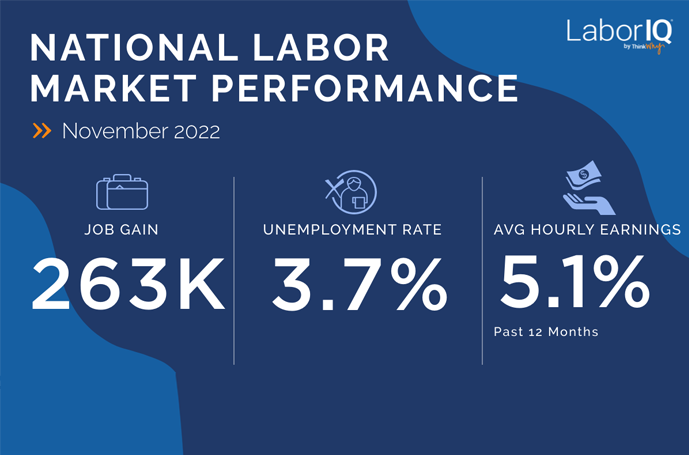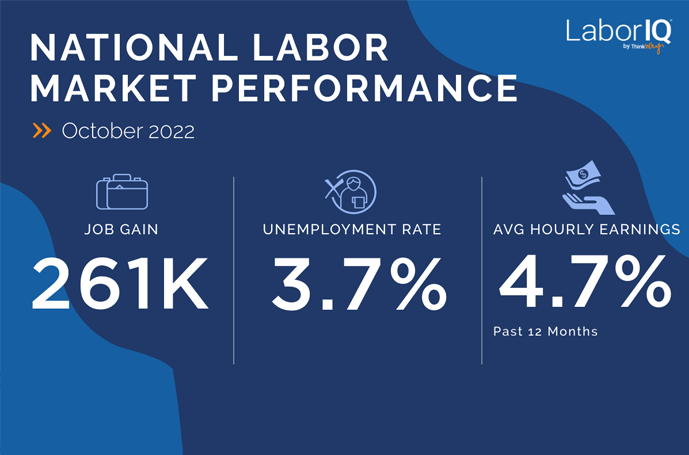U.S. businesses added 228,000 new jobs in March, blowing past expectations of around 140,000. The unemployment rate ticked up to 4.2%, and 12-month wage growth slowed to 3.8%.
The March jobs report serves as a stark contrast to headlines of the past week. The stock market continued to fall as President Trump announced tariffs on nearly every U.S. trading partner, bringing average tariff rates to levels not seen since before World War I.
Much like last month, this report likely masks longer-term challenges in the U.S. labor market. The impact of tariffs should start to show up in the April jobs report. Even if trade policy is quickly reversed, it could take months for prices to stabilize as businesses have started to make purchasing, pricing, and hiring decisions with this substantial trade policy shift in mind.
Federal government employment fell by 4,000 in March, following a decline of 10,000 jobs in February. However, DOGE layoffs will take months to fully materialize in the employment statistics. Workers on leave or receiving severance are not counted as unemployed. Some layoffs have been reversed at least temporarily. So far, secondary and tertiary employment impacts to industries downstream of the Federal government, including contractors and research and educational institutions, have been limited.
Bottom line: the labor market has remained incredibly resilient, continually defying expectations. It’s difficult to think of a time in the last decade, aside from the early days of the pandemic, where we faced this much volatility and likely economic headwinds.
What every talent acquisition, HR, and business leader needs to know about the 2025 labor market
Providing guidance around unprecedented policy changes is a challenge. However, despite uncertainty around the labor market and economy right now, there are a few trends that will persist regardless of politics or policy.
- Labor market cooling. March’s jobs report beat expectations, but we continue to add jobs at a slower pace. Through the first three months of 2025, the labor market averaged 152,000 new jobs each month, compared to 168,000 for 2024 and 216,000 for 2025.
- Hiring concentration by industry. Government, healthcare, and leisure and hospitality accounted for more than two thirds of jobs added in 2023 and 2024. While the Federal government will continue to shed jobs, healthcare is expected to add headcount for the next decade. The good news here is that most industries, albeit at a more modest pace compared to a couple of years ago.
- Talent shortage persists. There are more Baby Boomers retiring than Gen Z and Gen Alpha entering the workforce. This will continue to put pressure on wage growth and turnover. Even in a period of labor market cooling, these trends will foster an environment of increased competition for talent.
Job gains | Resilience continues but challenges lie ahead
The 228,000 jobs added in March came in above expectations. However, employment for January and February was revised downward by a combined 48,000 jobs, suggesting the labor market was cooler than original estimates indicated.
Industries | A few sectors continue to dominate
Once again healthcare (+54,000) led the way, accounting for nearly 25 percent of new jobs added last month.
Government (+19,000) added jobs due to strength in state and local government and education, the Federal government (-4,000) shed jobs bring the two-month total to nearly 15,000 jobs lost.
Unemployment rate | Up for positive reasons
The unemployment rate ticked up to 4.2% in March. On the surface that might seem like a bad thing. However, in this case the increase in the unemployment rate was the result of new entrants to the labor force.
LaborIQ provides HR teams and business leaders with market-competitive compensation benchmarks. In an evolving job market, you need to know what salaries to offer to retain employees and fill open positions faster.
Want to hear about how LaborIQ can help your HR team? Learn more

